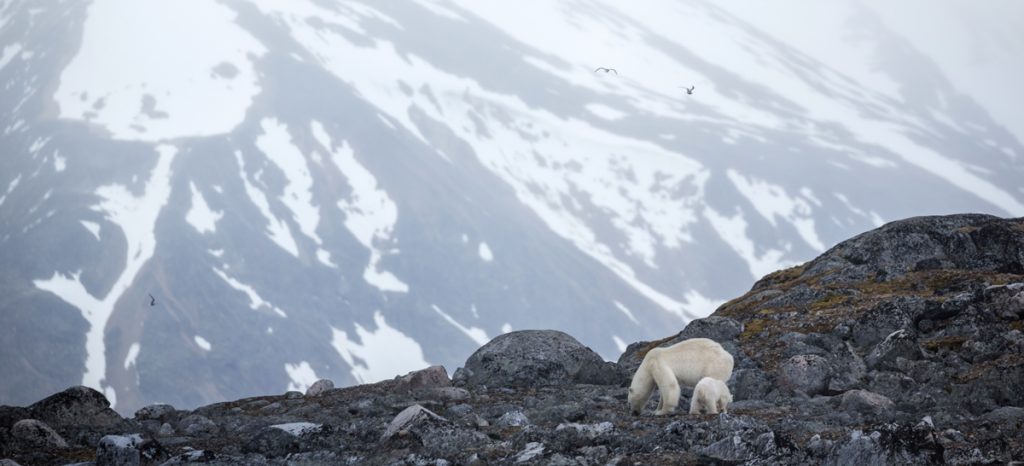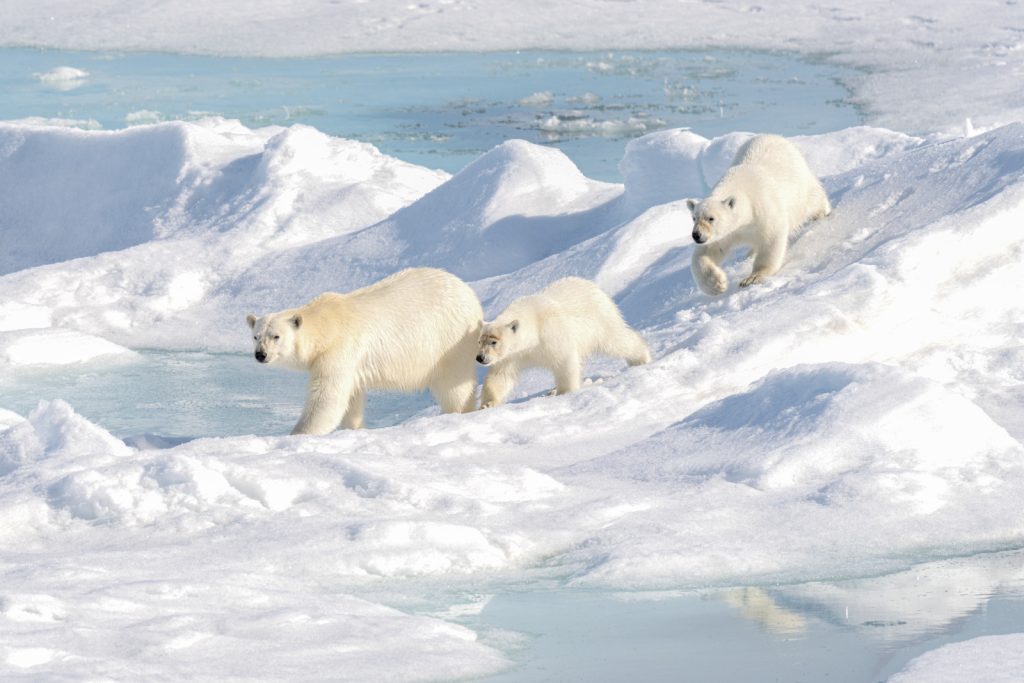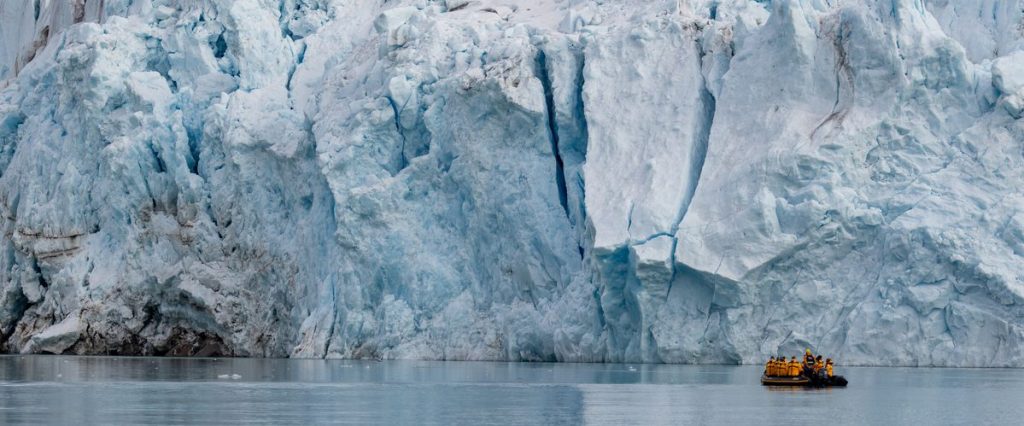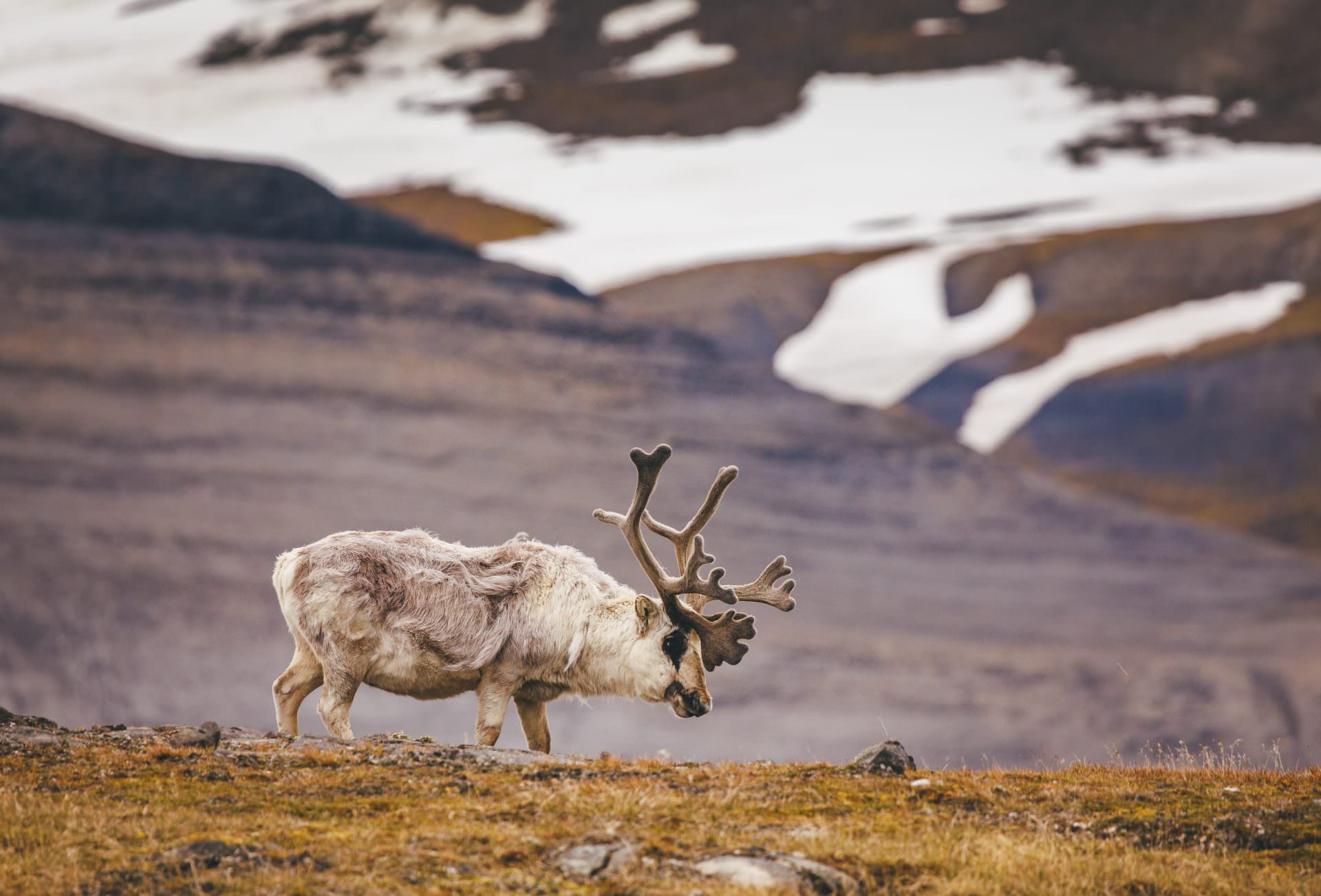
Welcome to Svalbard
Discover the ArcticThere are few places on Earth where the raw energy of the Arctic is as accessible as it is in Svalbard. A remote Norwegian archipelago high in the Arctic Circle, Svalbard sits at the edge of the inhabitable world — a place where glaciers pour into fjords, polar bears roam the ice, and summer sunlight never sets.
For many travellers, Svalbard is their introduction to the Arctic. It’s both wild and reachable, remote yet historically rich. And though its name may not carry the same immediate recognition as Antarctica or Greenland, Svalbard holds its own as a destination of extraordinary character — especially for those travelling aboard a small expedition ship.
The first impression is often one of scale. Svalbard’s glaciers are immense, its mountains jagged and ice-capped. Deep fjords carve into the land, flanked by cliffs where seabirds nest in their tens of thousands. It’s a place shaped by ice — both ancient and immediate — and ruled by a rhythm entirely its own.

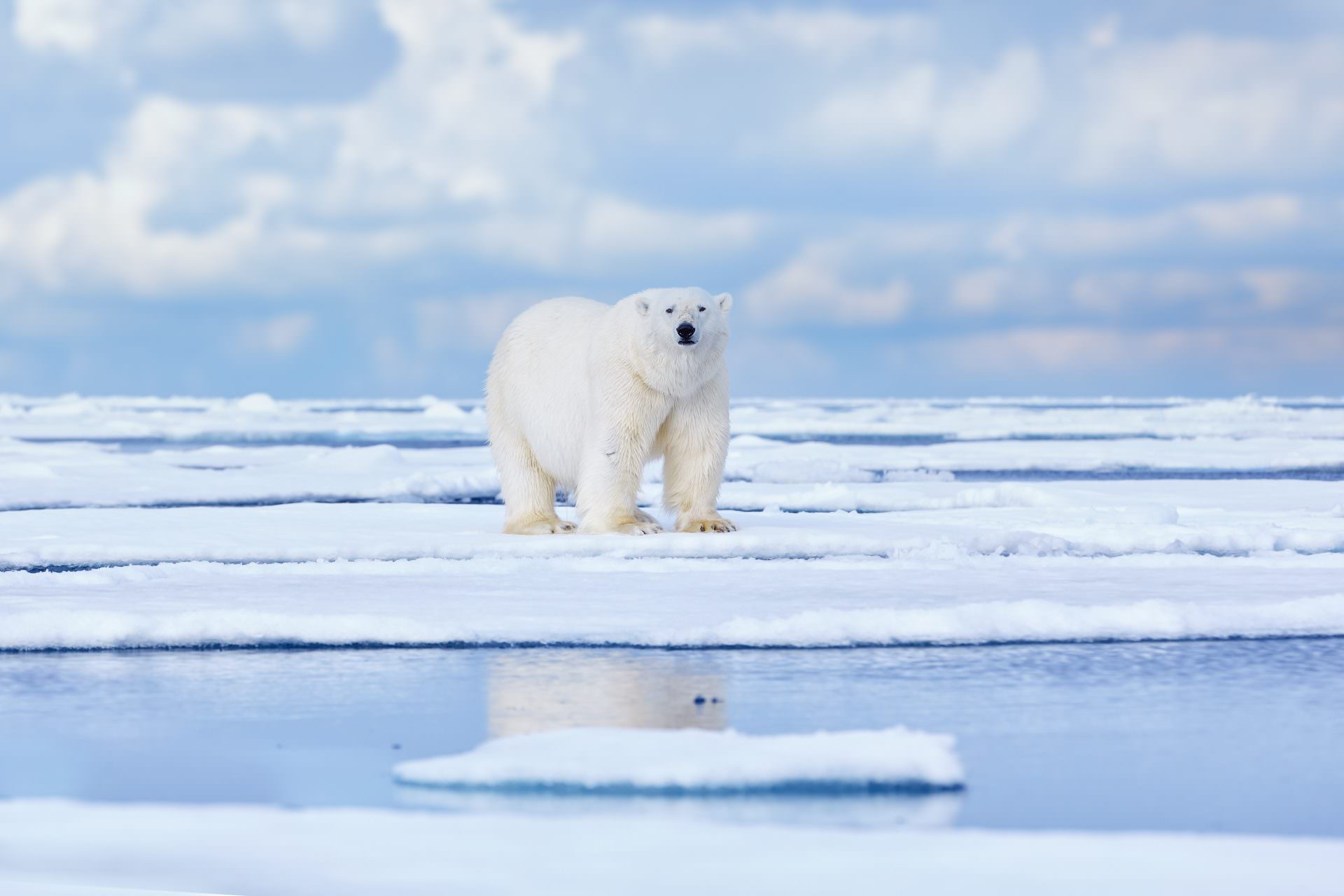
Wildlife is one of the main reasons people come. Polar bears, the elusive monarchs of the north, are regularly sighted on sea ice or along the shores. Reindeer graze on tundra slopes, walrus haul out on pebble beaches, and Arctic foxes dart between rocks. Offshore, whales breach, and pods of belugas glide quietly through the fjords. It’s a region where life has adapted to extremes — and thrives in ways that continue to inspire.
Expedition ships offer unmatched access. Because of their size and flexibility, they can navigate narrow passages and anchor close to shore. Guests often take Zodiacs ashore for guided hikes across tundra blooming with tiny Arctic flowers or cruise silently past glacier fronts in search of seals. The experience is immersive — you’re not observing the Arctic from afar, you’re stepping into it.
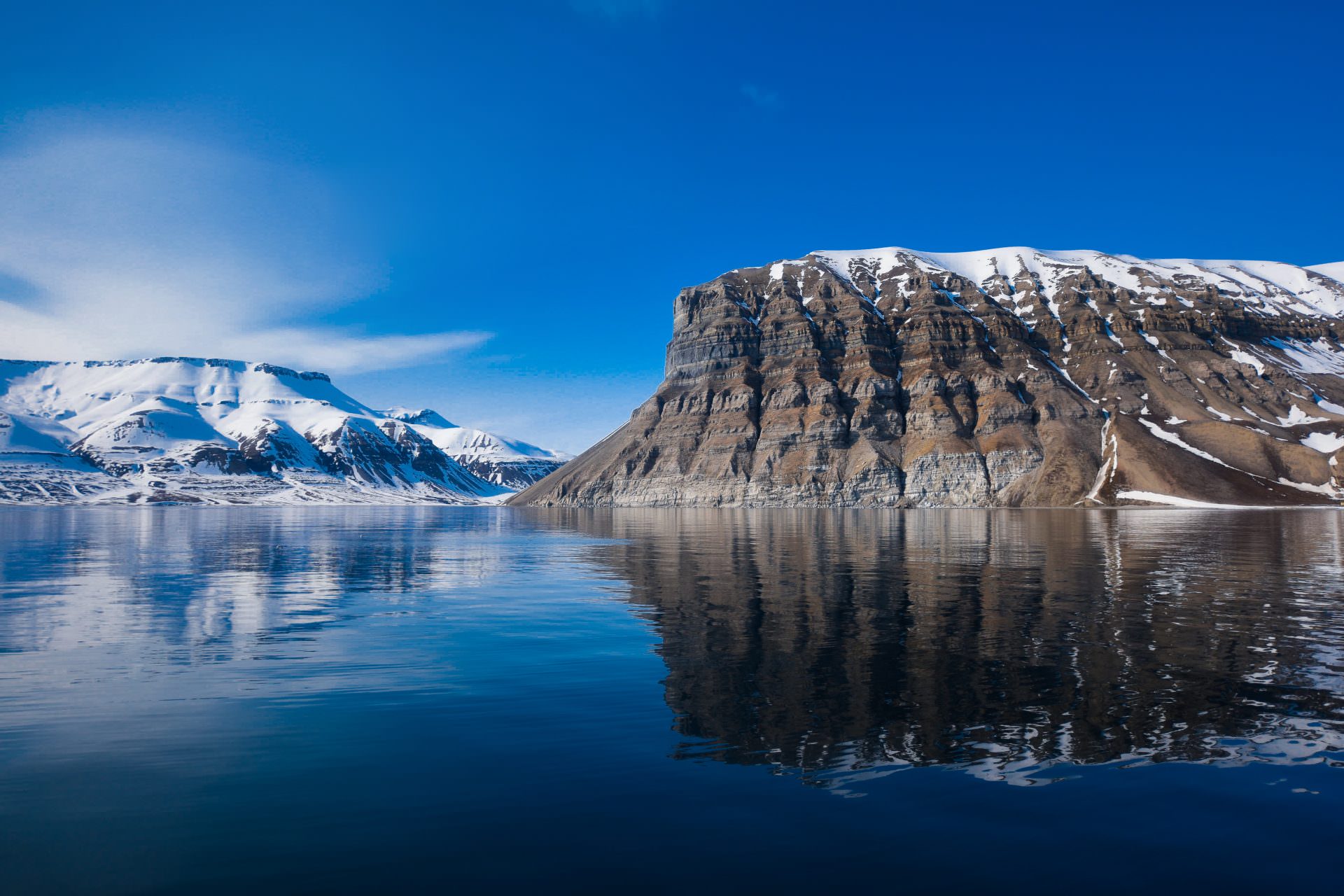
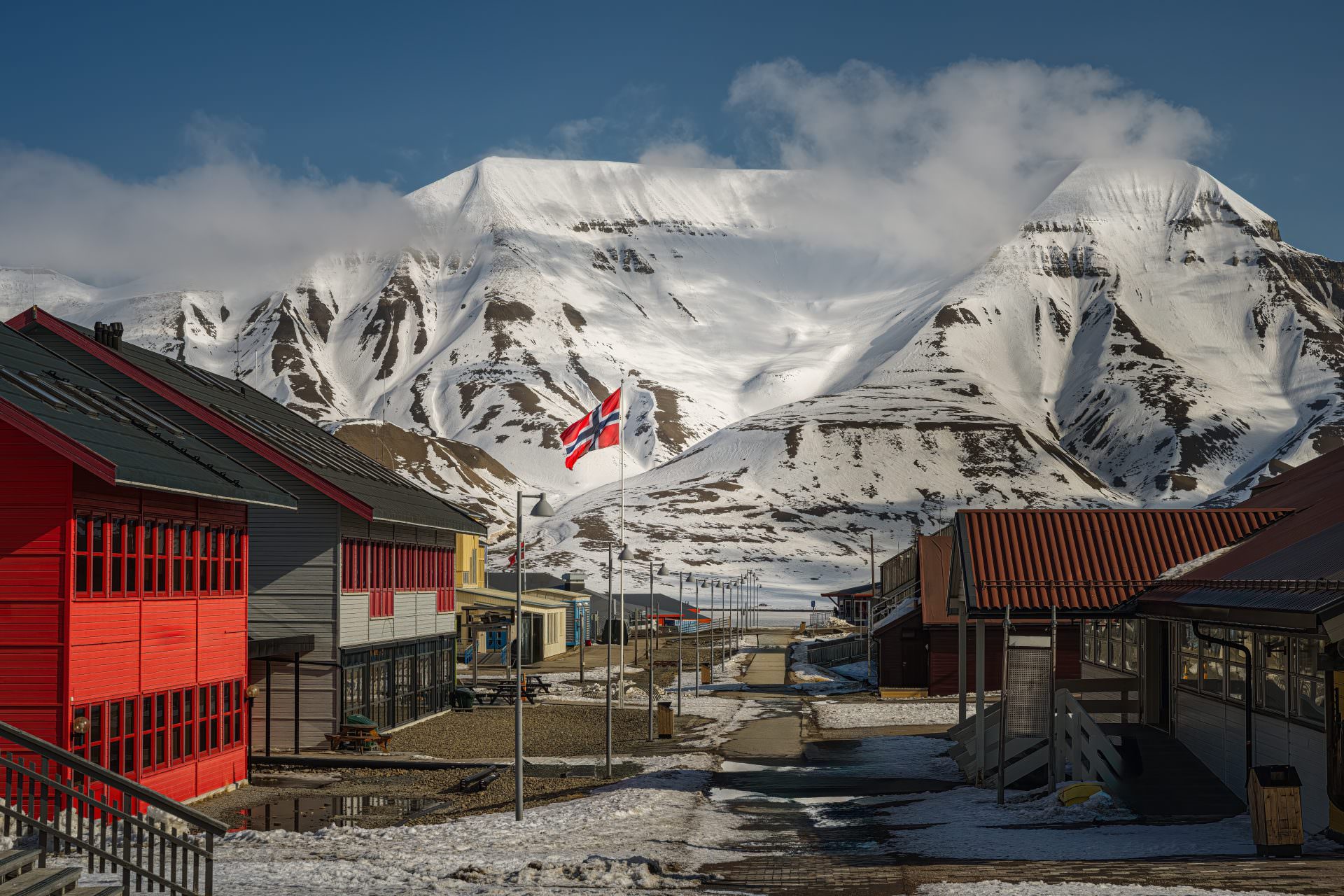
Beyond nature, Svalbard is also a place of stories. From the whalers of the 17th century to Cold War coal miners and modern-day scientists, humans have long been drawn to these high latitudes. Visits to places like Ny-Ålesund — the world’s northernmost research community — offer insight into Svalbard’s layered human history and its current role in climate science.
And then there is the light. In summer, the midnight sun bathes the landscape in perpetual golden hour. Time stretches. There’s no night, only shifting hues of Arctic light that bring a dreamlike quality to the voyage. For photographers, it’s paradise. For everyone else, it’s unforgettable.
Svalbard may be the gateway to the Arctic, but it’s no mere stepping stone. It is a destination in its own right — wild, radiant, and deeply moving. For those setting out to understand the far north, this is where the Arctic comes alive.
